Import from China to Philippines | Your Complete Guide
In today’s global economy, more and more businesses are looking to import goods and services from China. The Philippines is no exception. According to the United Nations COMTRADE database on international trade total import of Phlippines from China was USD 21.21 billion in 2021.
However, importing from China can be a daunting task, especially for those who are new to the process.
That’s why we’ve put together this detailed guide on how to import from China to the Philippines. We’ll walk you through the entire process, from finding suppliers to shipping your goods.
So if you’re ready to start importing from China, read on for everything you need to know.
- What are the top Imports of Philippines from China?
- Necessary Steps before Import from China to Philippines.
- How to Import from China to Philippines?
- Express shipping from China to Philippines
- Door to Door shipping from China to Philippines.
- Prohibited & Restricted Items for Import in Philippines from China.
- How long does it take to import goods from China to Philippines?
- What Documents are Mandatory to import from China to Philippines?
- How much are the Import costs from China to Philippines?
- Import tax calculation from china to Philippines.
- Customs Rules and Regulations while importing from China to Philippines.
- Why Choose Winsky to import from China to Philippines?
1. What are the top Imports of Philippines from China?
China is the top source of imports in the Philippines. China is also the top source of exports to the Philippines. China has a huge market, and it is also one of the most competitive markets in Asia. China’s economy has been growing for decades and has achieved a high level of development.
Top imports of Philippines from China are electronics, machinery, textiles, toys, and other consumer goods from China. The country exports to China mainly agricultural products like sugar and rice as well as electronic appliances like televisions and laptops from the Philippines.
Here are the top imports of Philippines from China in the year 2021:
| Product | Amount (USD Billion Dollars) |
|---|---|
| Electronic and Electrical Equipment | 7.38 |
| Boilers, Nuclear reactors, Machinery | 3.07 |
| Oil, Distillation products, Mineral fuels | 2.57 |
| Steel and Iron | 1.96 |
| Articles of Steel & Iron | 1.50 |
| Vehicles | 1.07 |
Source: Trading Economics
2. Necessary Steps before Import from China to Philippines.
If you want to import from China to Philippines there are some necessary steps to follow. Please follow the step by step guide below before importing from China to Philippines.
Obtain an Import License
First and foremost, you need to have a business registration in the Philippines. This is a requirement set by the Philippine government for all businesses operating in the country. Once you have registered your business, you will be able to obtain a business license, which is required for importing products into the Philippines.
You should enlist your organization with the Department of Trade & Industry (DTI). Additionally, you’ll also need various business licenses depending on the kinds of products you’re importing and/or exporting.
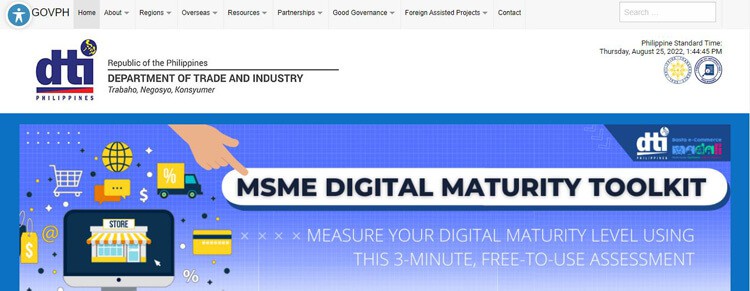
To register as an importer, companies need an Import Clearance Certification from the Bureau of Internal Revenues (BIR). Companies then sign up with the Bureau of Customs and set up an account within the Client Profile Registration System. The Import Clearance Certification is valid for 3 years while the Customs Client Profiles Accreditation needs to be renewed each year.
Know your product.
Before you start sourcing products from China, it’s important that you have a good understanding of the product you’re looking to import. This includes understanding the features and benefits of the product, as well as any potential regulatory requirements that might apply to it.
Find a reliable supplier.
One of the most important things to consider when importing from China is finding a reliable supplier. There are a number of ways to do this, including attending trade shows, searching online, or working with a sourcing agent. If you are a new importer, you can import from Alibaba.
One thing we want to mention here is selecting a freight forwarder while importing from Alibaba. You are not bound to take their shipping service. In fact, if you use your own freight forwarder, the shipment cost will be less. The same process goes for Amazon FBA shipping.
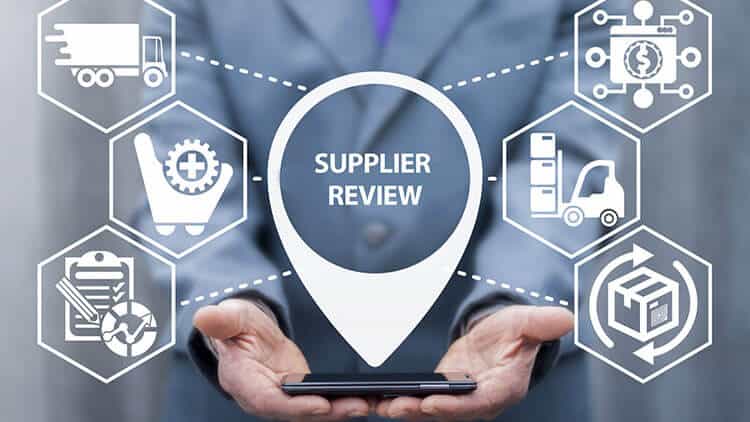
Get a quote.
Once you’ve found a few potential suppliers, getting a quote from each one is important. This will help you compare prices and ensure you’re getting a good deal. China is full of suppliers. So, you MUST compare prices. If someone gives you a surprisingly low price, it is better to ignore that supplier because there is a chance that you will not get a good quality product.
Negotiate terms.
Once you’ve found a supplier you’re happy with, it’s time to negotiate terms. This includes things like price, payment terms, delivery time, and more. Incoterm plays a vital role when you import from China to Philippines. Therefore, you must have a good understanding of what incoterms are and how they work.
Place your order.
Once you’ve negotiated terms with your supplier, placing your order is time. This is usually done via a purchase order, which should detail all the terms of your agreement.
Follow up.
After placing your order, it’s important to follow up with your supplier to ensure everything is on track. This includes confirming the delivery time, checking on the status of your goods, and resolving any issues that may come up.
Find a Freight Forwarder
Freight forwarder plays the most crucial role in transporting your goods from China to the Philippines. Some suppliers offer freight forwarding service. This is due to they have contracts with some specific freight forwarders. We will suggest you find your own freight forwarders. Therefore, knowing how to find a good freight forwarder is a MUST if you are an importer from Philippines.
Clear customs.
When your goods arrive in the Philippines, you’ll need to clear them through customs. This usually involves paying import duties and taxes and providing any required documentation. We will discuss this step later in this article.
Deliver your goods.
Once you’ve cleared customs, you’ll need to arrange for the delivery of your goods. If you choose DDP shipping the freight forwarder will deliver the goods to your warehouse. But if you choose other incoterm then you have to arrange your own inland transportation.
Stay compliant.
It’s important to stay compliant with all applicable laws and regulations when importing from China to the Philippines. This includes things like product safety and labeling requirements.
You can watch the below video to learn about import from china to philippines
3. How to Import from China to Philippines?
So, now you have the necessary steps to import from China to Philippines. Now let’s talk about how you can bring your goods from China to Philippines.
Air Shipping
You don’t have to be an expert to know that air shipping from China to Philippines is the fastest shipping mode. You will get your goods in under 4-6 days with standard air shipping from China to Philippines.
Air freight shipping is a safe and cost-effective method of importing goods from China to Philippines if your shipment weighs less than 500 Kg. Anything over this weight barrier would not be cost-effective. Moreover, new importers from Philippines should know about the chargeable weight system applied by air cargo companies.
Top Airports in Philippines.
The Philippines is a beautiful country made up of more than 7,000 islands. It’s no wonder that the country is a top destination for international shipping. With so many islands, there are bound to be a few great airports. Here are the top airports in the Philippines for international shipping:
Manila International Airport
Manila International Airport is the busiest airport in the Philippines. It’s located in the capital city of Manila and serves as the country’s primary gateway for international flights. Manila International Airport is also a major hub for domestic flights.
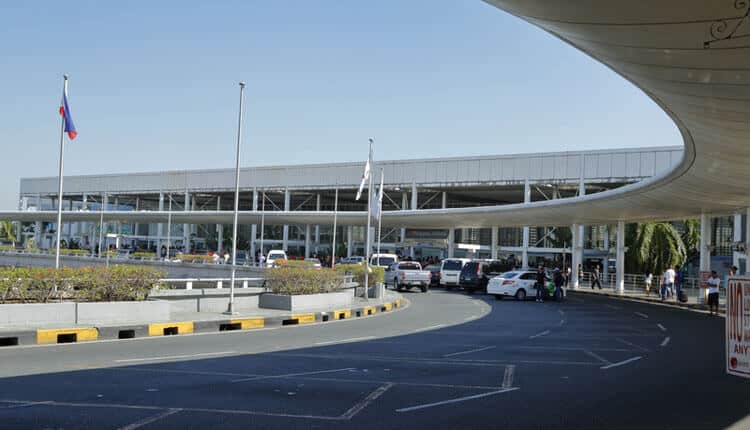
Cebu International Airport
Cebu International Airport is located on the island of Cebu. It’s the second busiest airport in the Philippines and handles a majority of the country’s international flights. Cebu International Airport is also a major hub for domestic flights.
Clark International Airport
Clark International Airport is located in the city of Clark. It’s the third busiest airport in the Philippines and handles a majority of the country’s domestic flights.
Davao International Airport
Davao International Airport is located in the city of Davao. It’s the fourth busiest airport in the Philippines and handles a majority of the country’s domestic flights.
Kalibo International Airport
Kalibo International Airport is located in the city of Kalibo. It’s the fifth busiest airport in the Philippines and handles a majority of the country’s international flights.
These are the top airports in the Philippines for international shipping. If you’re looking to ship to the Philippines, these are the airports you should consider.
Sea shipping.
If you are a serious importer from Philippines and want to import from China to Philippines on a regular basis, sea shipping might be the best option for you. There is no wonder that more than 90% of international shipping happens in this shipping mode.
The best part about sea shipping is that there is no limitation on what you can ship or can not. Though air shipping also has no such barriers, you have to maintain the rules the IATA applies.
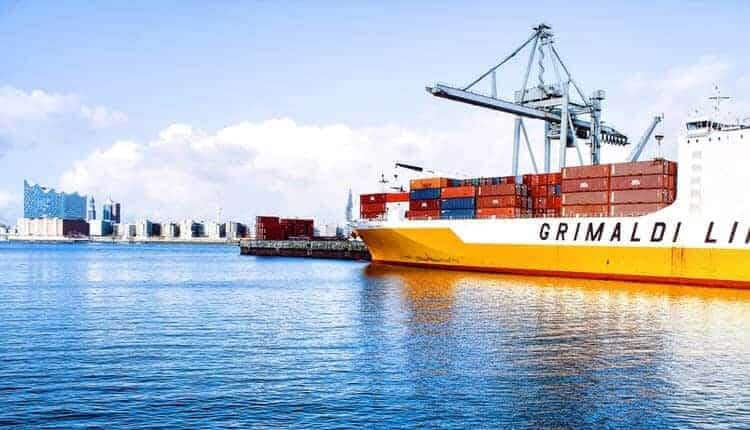
Another important advantage of sea shipping is the available shipping option. There is a common perception that sea shipping is only for a large number of goods. But that is not true. You can use LCL shipping mode and import a low amount of goods from China to Philippines.
You will receive your goods in between 7-15 days with sea shipping from China to Philippines.
Winsky offers a very competitive rate for LCL shipping to Philippines. You can ask for a quotation from us and see the difference yourself.
Top Sea ports in Philippines.
The Philippines has a rich maritime history, and its seas have been integral to the country’s trade and commerce for centuries. In fact, the Philippines was one of the first countries in Southeast Asia to develop a maritime trade network.
Today, the Philippines is home to some of the region’s busiest and most important sea ports. These ports play a vital role in the country’s economy, handling the bulk of the country’s imports and exports.
Here are the top seaports in the Philippines:
Manila International Container Terminal
Manila International Container Terminal is the largest and busiest container port in the Philippines. It is located in Manila Bay, just south of the capital city of Manila.
The terminal has a capacity of 2.6 million TEUs (twenty-foot equivalent units). In 2017, the terminal handled a total of 2.4 million TEUs.
Batangas International Port
Batangas International Port is the second largest and busiest port in the Philippines. It is located in Batangas Bay, just south of Manila Bay.
The port has a capacity of 1.8 million TEUs. In 2017, the port handled a total of 1.6 million TEUs.
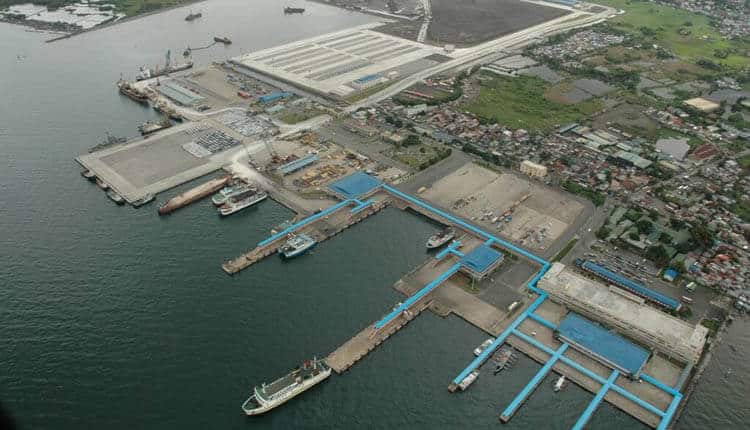
Cebu International Port
Cebu International Port is the third largest and busiest port in the Philippines. It is located in Cebu City, on the eastern coast of the island of Cebu.
The port has a capacity of 1.5 million TEUs. In 2017, the port handled a total of 1.2 million TEUs.
Davao International Port
Davao International Port is the fourth largest and busiest port in the Philippines. It is located in Davao City, on the southern island of Mindanao.
The port has a capacity of 1.2 million TEUs. In 2017, the port handled a total of 0.9 million TEUs.
Iloilo International Port
Iloilo International Port is the fifth largest and busiest port in the Philippines. It is located in Iloilo City, on the southeastern coast of the island of Panay.
The port has a capacity of 1.1 million TEUs. In 2017, the port handled a total of 0.8 million TEUs.
4. Express shipping from China to Philippines
Express shipping is not a very popular choice for regular importers, but they are quite effective in certain situations. Express or courier shipping is the fastest shipping mode from China to Philippines. You will get your items in under 1 to 3 working days.
But as it is fast, it is expensive. Moreover, the chargable weight calculation is also different in express shipping. As a result, the weight of your imports is not the same when you are using express shipping.
But they are effective in certain scenarios. For example, express shipping is an excellent choice if you want to bring a sample before the final shipment. Again, you can transport documentation with courier shipping fast. In a nutshell, express shipping is a cost-effective option for anything less than 250 Kg.
Many courier service companies operate between these two countries, such as DHL, FedEx, TNT, UPS, etc. But the price range varies for the same destination. Confused? Contact Winsky freight. We have contracts with all the major courier service companies and will help you get the best deal.
5. Door to Door shipping from China to Philippines.
Door to door shipping is a very convenient shipping method. If you are a new shipper or don’t have all the necessary documents, you can use door to door shipping method.
This is close to express shipping, but you have more options here. A freight forwarder will take care of your imports from China to Philippines, from receiving your goods from China to delivering them to your doorstep. They will take care of the documentation and customs also.
Sounds familiar to express shipping? But here is the difference. In door to door shipping, you are not bound to use the aerial route. In other words, you can choose any available shipping mode.
Just contact a freight forwarder and tell them both the addresses, and you are all set to import from China to Philippines.
6. Prohibited & Restricted Items for Import in Philippines from China.
Like any other country, the Philippines have their own set of rules for restricted and prohibited items.
Restricted means you can import those goods from China to Philippines but under special supervision and permission. Here are some of those.
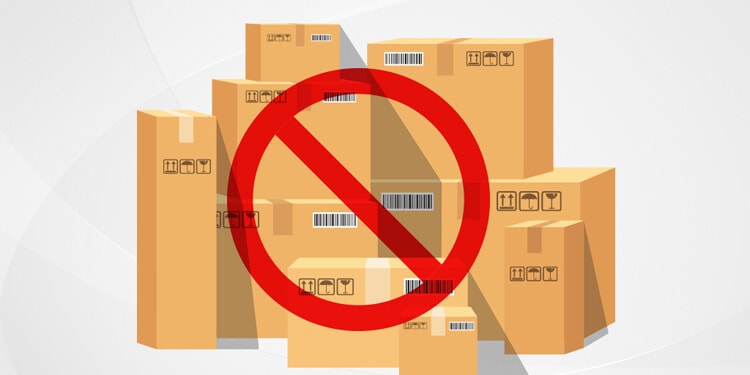
- Flammable liquids and solids: This includes any liquids or solids that are easily combustible. Examples include gasoline, kerosene, and propane.
- Corrosive materials: These are materials that can corrode or eat away at other materials. Examples include acids, alkalis, and mercury.
- Explosives: This includes any materials that can detonate or cause an explosion. Examples include dynamite, fireworks, and gunpowder.
- Radioactive materials: These are materials that emit radiation. Examples include uranium and plutonium.
- Poisonous gases: These are gases that can be toxic to humans or other living things. Examples include chlorine and sulfur dioxide.
- Infectious substances: These are substances that can cause disease. Examples include bacteria and viruses.
And there are prohibited items. Prohibited means you can’t import them to the Philippines under any circumstance, and the Philippines government does not issue any license for that. Here are some of those:
- Printed or written documents that can invoke rebellion against the government.
- Drugs, Goods or anything that has a potential unlawful intake opportunity by the people.
- Gold, silver, or any metal alloy without any fineness of quality trademark.
- Food that can harm people’s health.
You can check the full list here from the DTI website of the Philippine Government.
Make sure you read this document carefully. If you bring any restricted items without legal permission, that is the same offense as bringing prohibited items. You will face a severe consequence for that with probable jail time.
7. How long does it take to import goods from China to Philippines?
The time to import from China to the Philippines depends on the shipping mode you choose. Standard air freight takes 4-6 days, while sea freight takes 7-15 days to ship from China to Philippines.
If you use express shipping, it will take 1-3 days to deliver your goods from China to Philippines.
Expert Tip: Shipping time heavily depend on the season you are importing. If you import at the end of the year, it will take more time as that is Christmas season. Also try to avoid imports during the Chinese new year celebration
8. What Documents are Mandatory to import from China to Philippines?
You will have to show the below documents to the Philippine customs:
- Bill of lading/Airway Bill.
- Commercial invoice
- Packing list
- Letter of credit
- Certificate of origin
- Import declaration form for Customs
9. How much are the Import costs from China to Philippines?
A few factors can affect the import costs from Chine to Philippines. Here are some:
Type of Goods
The type of goods you are importing can affect the import costs. For example, if you are importing food, the costs will be higher than if you are importing other types of goods.
Quantity
The number of goods you are importing can also affect the import costs. If you are importing a large number of goods, the costs will be higher than if you are importing a smaller quantity.
Shipping Method
The shipping method you choose can also affect the import costs. If you choose to ship by air, the costs will be higher than if you choose to ship by sea.
10. Import tax calculation from china to Philippines.
In order to calculate the import tax, you will need to know the value of the goods that you are importing. This can be done by using the goods’ CIF (cost, insurance, and freight) value. The CIF value is the value of the goods, including the cost of transport, insurance, and other fees.
Once you have the CIF value of the goods, you will need to multiply it by the import tax rate. The import tax rate is a percentage that the Philippine government sets, and it is based on the value of the goods.
For example, if the CIF value of the goods is $100 and the import tax rate is 10%, the import tax would be $10.
It is important to note that the import tax is not the only tax that you will need to pay when importing goods from China to the Philippines. You will also need to pay the value-added tax (VAT) and the customs duties.
The VAT is a tax that is imposed on all goods that are sold in the Philippines. The VAT is 10% of the CIF value of the goods.
The customs duties are taxes that are imposed on all goods that are imported into the Philippines. The customs duties vary depending on the type of goods that you are importing.
For example, if you are importing clothing, the customs duty would be 10% of the CIF value of the clothing.

A customs broker can help you with the paperwork and the process of importing goods from China to the Philippines. They can also help you with the payment of the import tax.
11. Customs Rules and Regulations while importing from China to Philippines.
The Philippines is a member of the World Trade Organization (WTO) and follows the WTO Customs Valuation Agreement. This agreement stipulates that the value of imported goods shall be determined based on the transaction value of the goods, which is the price actually paid or payable for the goods when sold for export to the Philippines.
In addition, the Philippines is a signatory to the Baseline Memorandum of Understanding on the ASEAN Harmonized Tariff Nomenclature (AHTN). The AHTN is a tariff nomenclature used by the Association of Southeast Asian Nations (ASEAN) member countries to classify goods in the ASEAN Free Trade Area (AFTA).
Under the ASEAN-China Free Trade Area (ACFTA) Agreement, which came into effect on 1 January 2010, tariffs on goods originating from China and destined for the Philippines are to be gradually eliminated. As of 1 January 2017, tariffs on over 7,000 products have been eliminated.
The Bureau of Customs of the Philippines (BOC) is the government agency responsible for the administration of customs laws and regulations.
All imported goods must be declared to the BOC, and an import permit must be obtained prior to the shipment of goods. The BOC will assess the import duties and taxes due on the goods and issue an import declaration form (CDF) which must be presented to the carrier upon arrival of the goods in the Philippines.
The BOC will also conduct physical and documentary examinations of the imported goods. Upon completion of the examination, the BOC will issue a release order, which will allow the goods to be released from customs custody.
12. Why Choose Winsky to import from China to Philippines?
Winsky freight has been operating from China to Philippines for over a decade. Over the past decade we have created trust over many importers from Philippines. We have a dedicated team to look after our clients from Philippines. Besides, you will get a very competitive price from us.
We have contracts with all the large carriers to offer you the best rate and confirm that you will get space on cargo even in a busy schedule. We have 24/7 dedicated support so that you can track the location of your shipment. With winsky, a smooth shipping experience is guaranteed.
Conclusion
If you are starting international trading, China is the best place to start with. But if you don’t know all the ins and outs, the importation process can be difficult for you. Therefore, we created this article on import from China to Philippines. We hope this article was helpful to you. Feel free to send us a message if you are importing something or have any queries.
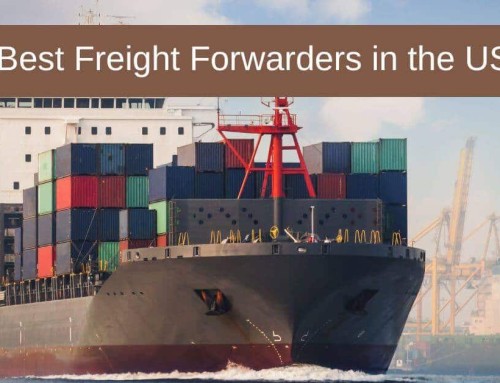
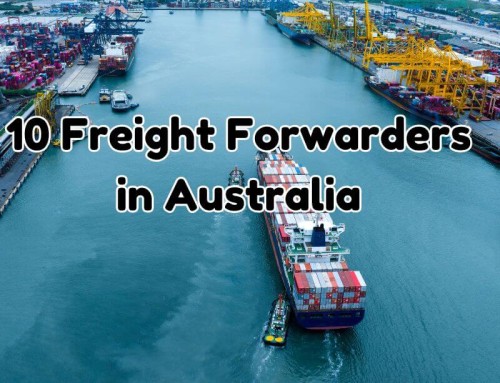
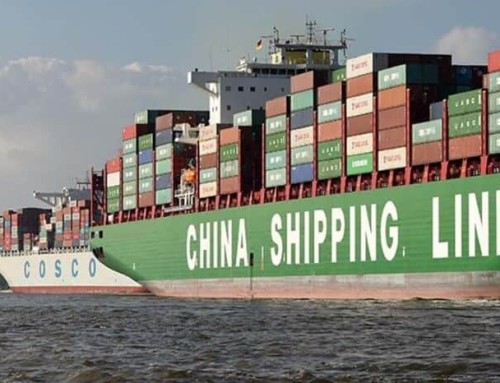
Leave A Comment